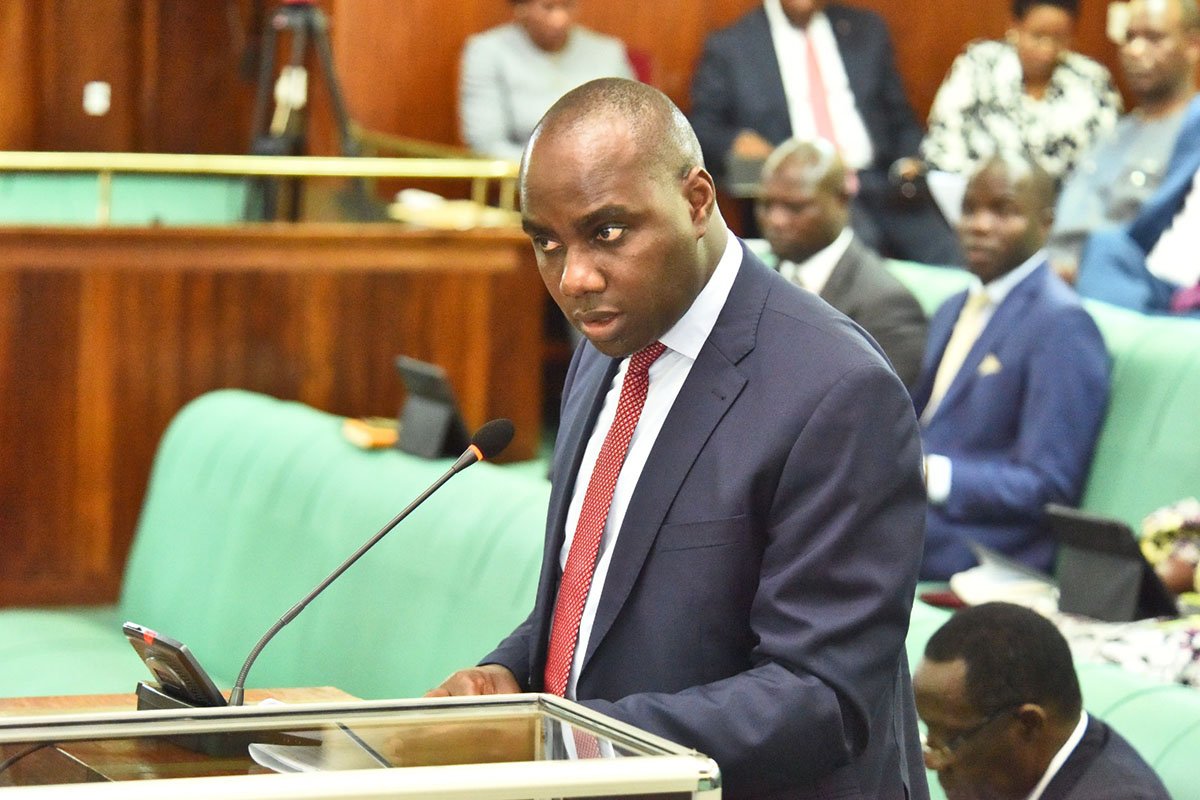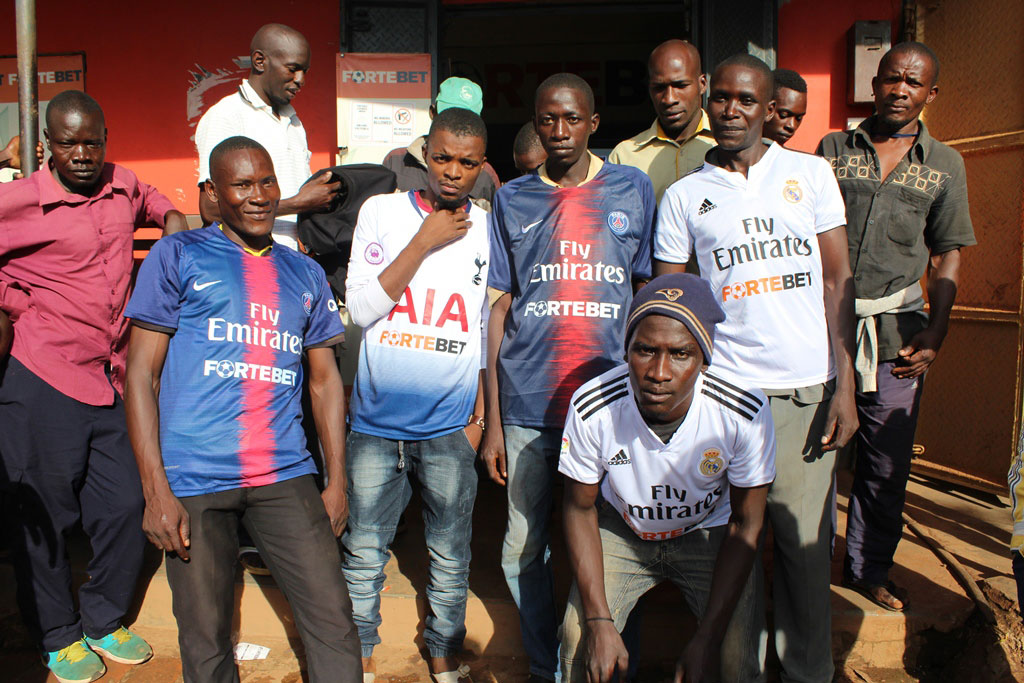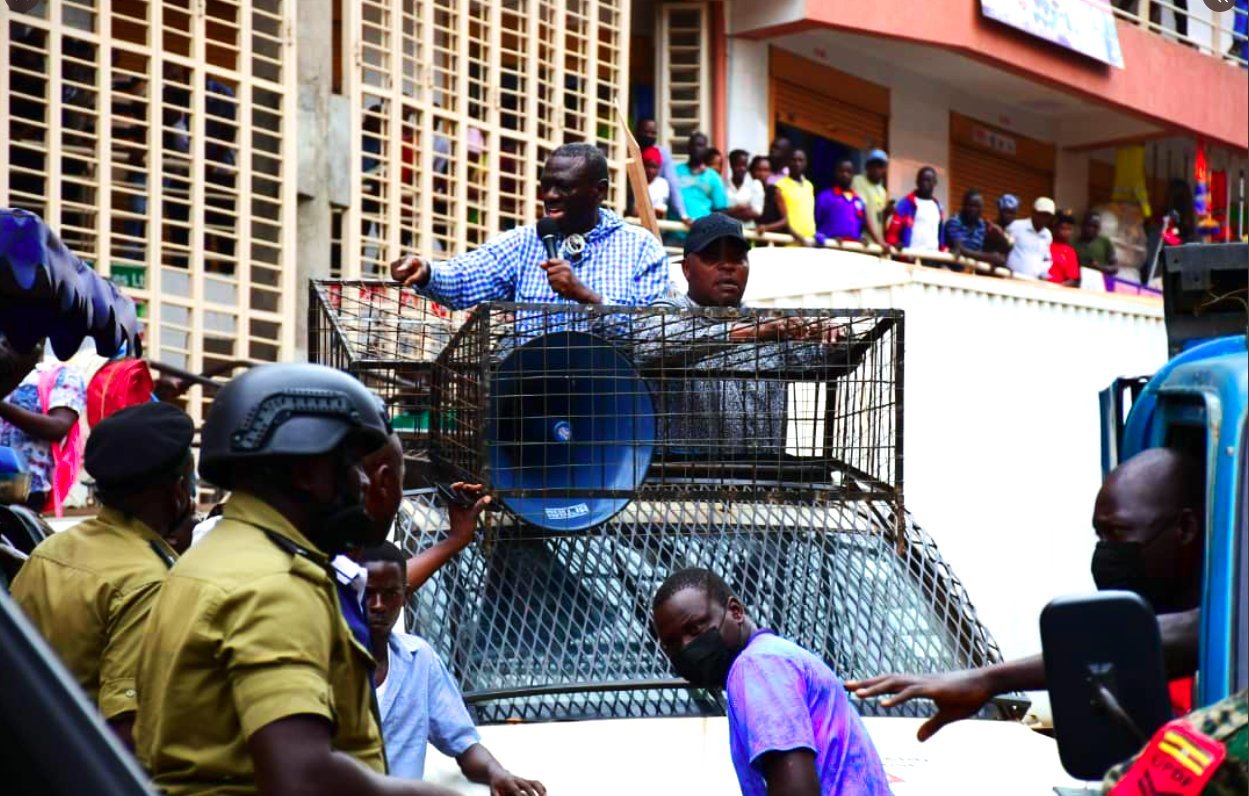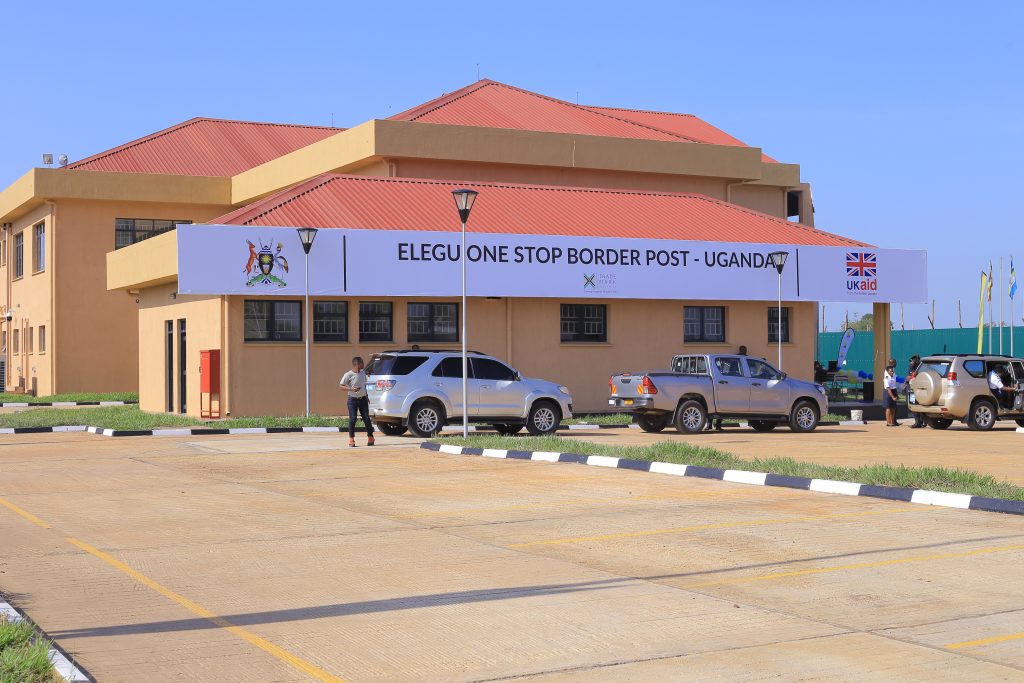This year, the customary journey of faith to Namugongo Martyrs’ Shrines is set to be different and challenging for foot pilgrims from the Southwestern dioceses of Uganda and beyond.
Each year, Christians of various backgrounds embark on a pilgrimage to Namugongo to honor the memory of 45 Christian converts (22 Catholics and 23 Protestants) who were martyred between 1885 and 1886 under the command of Kabaka Mwanga II.
Unfortunately, the collapse of the Katonga Bridge and the subsequent closure of the Masaka-Kampala highway, which serves as a direct route to Namugongo for these pilgrims, has cast uncertainty over their journey.
The collapse of the bridge has posed significant challenges, leaving the faithful from the South-Western region and neighboring areas in a state of limbo.
John Romano Ssewanji, the chairperson of foot pilgrims from Masaka Diocese, expressed his deep concern regarding the unfortunate incident, stating that it would have a significant impact on foot pilgrims from their region.
Efforts are underway to assess the situation, and the diocesan leadership, along with the foot pilgrims’ committee, are in communication with relevant authorities, including the Uganda National Roads Authority (UNRA), to determine the feasibility of using the Masaka-Kampala highway. Luganda bite
While there is hope that the bridge repairs will be completed in time for the pilgrims’ journey to Namugongo, UNRA has indicated that emergency repairs may take up to three weeks.
Considering the upcoming Martyrs’ Day celebration on June 3rd, it is increasingly unlikely that the road, which has suffered a cave-in, will be ready for use.
In light of the circumstances, alternative routes are being explored, including the Sembabule-Gomba-Mpigi route.
Smaller and more feasible routes connecting Kalungu to Gomba district are also being considered. As a last resort, the Bukakata-Nakiwogo route on Lake Victoria may be utilized.
It is important to note that the latter option has recently been established with the clearance of MV NODL to transport 150 passengers between the two landing areas on each journey.
Pilgrims from Greater Masaka and other Western regions, as well as those coming from distant locations such as Rwanda, the Democratic Republic of Congo, and Tanzania, are affected by these disruptions.
Both Catholic and Anglican pilgrims, drawn to this sacred site, are eagerly awaiting further updates on the status of the road repairs and the availability of alternative routes.
The coordinators of the Anglican foot pilgrims from West Buganda Diocese have devised a tentative plan for the trek. They remain optimistic that the road repairs will be swiftly completed, allowing them to proceed with their usual route.
Reverend Grace Kambugu Musajjatakaaba, the chief coordinator of pilgrims in the West Buganda Diocese, confirmed that they have finalized their plans to utilize the Sembabule route.
They have carefully identified specific rest stops along the way to provide pilgrims with necessary breaks during their journey. However, adjustments may be required due to the unfamiliarity of the alternative routes.
It is anticipated that the pilgrims might need to spend additional days on the road, considering the uncertainties associated with the new paths.
The coordinators have emphasized the importance of vigilance and have advised pilgrims to stay informed about any changes through official communications. Luganda bite
To facilitate efficient coordination, Reverend Musajjatakaaba stressed the need for prospective participants in the faith walks to contact their respective Archdeaconry coordinators.
Additionally, pilgrims traveling from distant areas in Western Uganda are advised to initiate their route planning well in advance to ensure a smoother experience.
Pilgrims traveling from the Western region via the Mbarara-Masaka highway are advised to turn off from the highway at Mbirizi. From there, they will only need to travel 38 km to reach Sembabule, rather than walking the longer 87.3 km route from Mbirizi to Masaka and then to Sembabule.
According to information obtained from our reporters in the Western Dioceses, the majority of foot pilgrims are planning to commence their journey to Namugongo on Friday, May 12, 2023. While there has been no official communication on the matter by the time of reporting, it was indicated that the pilgrims are well aware that they will be using the Sembabule route for their pilgrimage.
Furthermore, both the Catholic and Anglican foot pilgrim coordinators strongly advised the pilgrims to make necessary arrangements for additional expenses and ensure they have sufficient funds to cover their return journey.
They emphasized the importance of being prepared, as fares have increased due to the extended distance they would need to travel.
Having adequate funds will enable them to adapt to these changes and make their pilgrimage experience more comfortable and hassle-free.
















